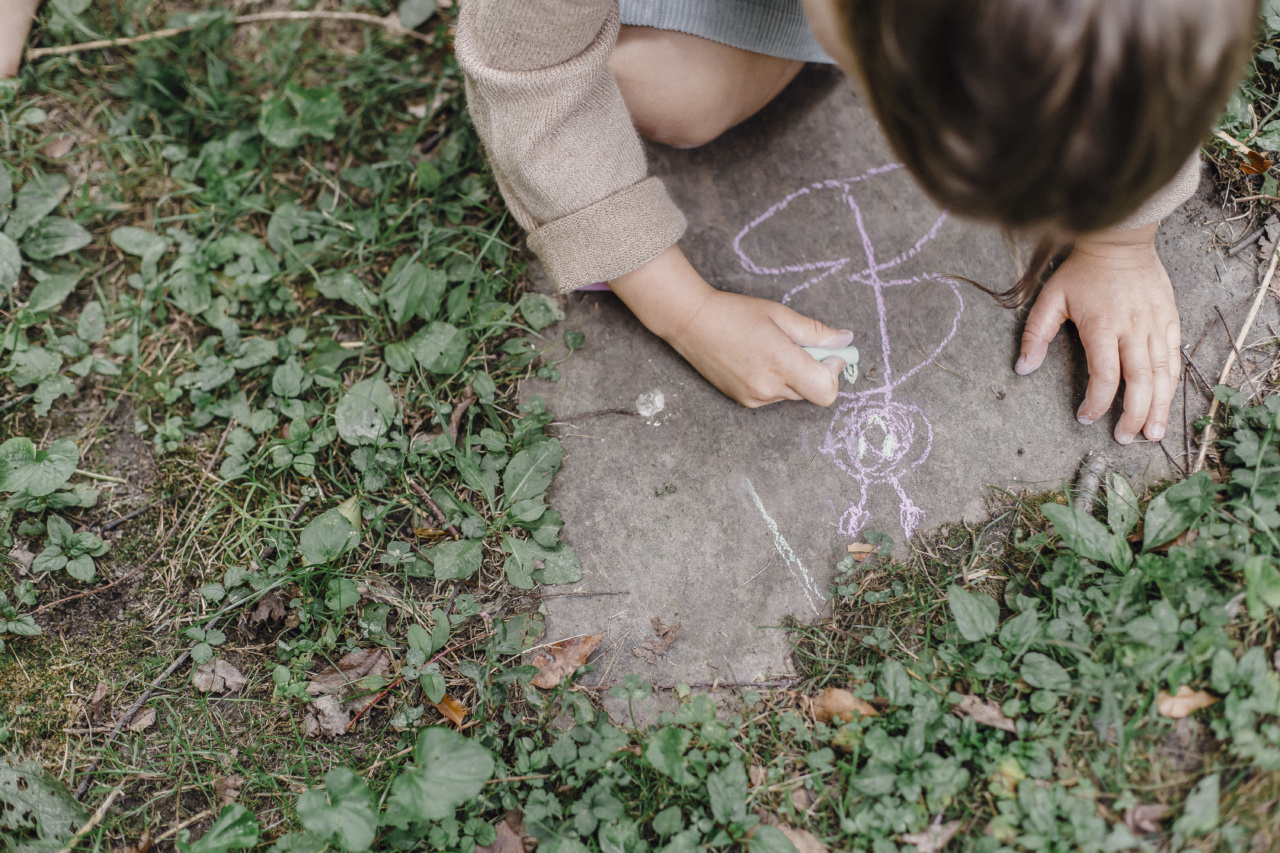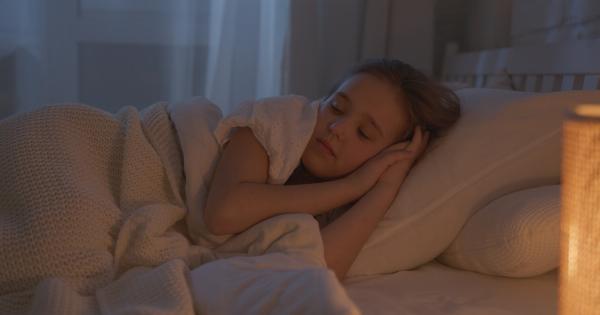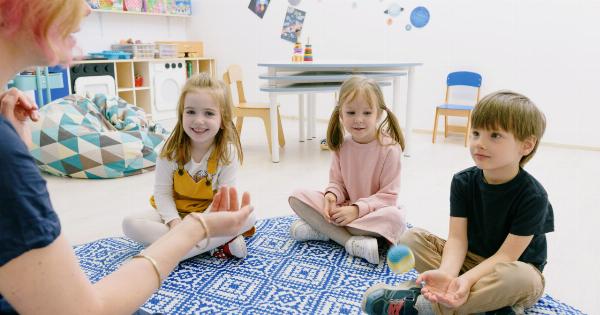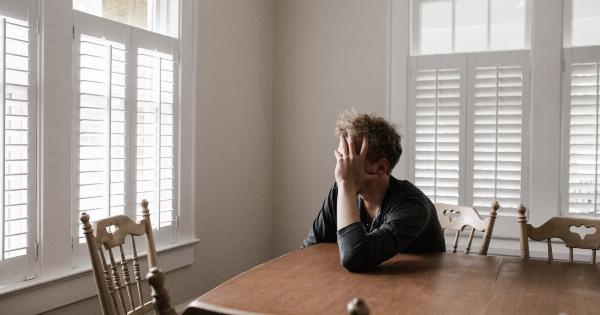As parents, we all want our children to feel safe, secure, and at ease in their own home. Creating a calming environment is essential for their overall well-being and can greatly contribute to their happiness and relaxation.
By implementing a few simple tips and tricks, you can transform your home into a serene and peaceful space that promotes a sense of calmness for your children. In this article, we will explore the 4-step solution to creating a calming environment at home for children.
Step 1: Declutter and Organize
The first step in creating a calming environment is to declutter and organize your child’s space. A cluttered and messy room can lead to feelings of chaos and unease. Start by removing any unnecessary items, toys, or clutter from the space.
Create designated storage areas for toys, books, and other belongings to help keep everything organized and easy to find. By creating a clean and clutter-free space, your child will feel more relaxed and have an easier time focusing on activities and tasks.
Step 2: Choose Soothing Colors
The colors in a room can greatly impact our mood and emotions. When creating a calming environment for children, it is important to choose soothing colors that promote relaxation. Soft blues, greens, and pastel shades are known for their calming effects.
Avoid using bright and vibrant colors, as they can be stimulating and may prevent your child from feeling calm and at ease. Consider painting the walls or incorporating these soothing colors through bedding, curtains, and decor.
Step 3: Create a Cozy Space
A cozy and comfortable space can greatly contribute to creating a calming environment. Provide your child with soft and cozy bedding, pillows, and blankets. Consider adding a reading nook or a comfortable chair where your child can relax and unwind.
Incorporate soft lighting options, such as fairy lights or dimmable lamps, to create a warm and cozy atmosphere. By creating a cozy space, your child will feel more relaxed and at ease in their surroundings.
Step 4: Establish a Relaxation Corner
Creating a dedicated relaxation corner can provide your child with a designated space for calming activities and self-soothing.
This can be a small area with a comfortable cushion or bean bag chair, soft lighting, and calming sensory items such as stress balls, fidget toys, or a sensory jar. Encourage your child to spend time in this relaxation corner when they are feeling overwhelmed or need a moment to calm down.
By providing a space specifically designed for relaxation, your child will have a go-to area for finding calmness within the home.
Frequently Asked Questions
Q: How can I encourage my child to embrace a calming environment?.
A: Lead by example and incorporate calming practices in your own life. Encourage your child to engage in calming activities such as deep breathing, meditation, or yoga.
This will help them understand the importance of a calming environment and its positive effects on their well-being.
Q: Can music help create a calming environment?.
A: Yes, music can be a powerful tool in creating a calming environment. Soft, instrumental music or nature sounds can promote relaxation and create a serene atmosphere within the home.
Q: Are there any other tips to promote a calming environment?.
A: Natural elements such as plants or a small indoor waterfall can also contribute to a calming environment. Additionally, incorporating natural scents through essential oils or scented candles can help create a soothing atmosphere.
Conclusion
Creating a calming environment at home is crucial for children’s overall well-being and happiness.
By following the 4-step solution outlined in this article – declutter and organize, choose soothing colors, create a cozy space, and establish a relaxation corner – you can transform your child’s surroundings into a tranquil oasis that promotes relaxation and calmness. Implement these tips and watch as your child feels more at ease, relaxed, and content in their own home.
Remember, a calm environment is not only beneficial for children but also for parents, creating a peaceful and harmonious atmosphere for the whole family to enjoy.






























